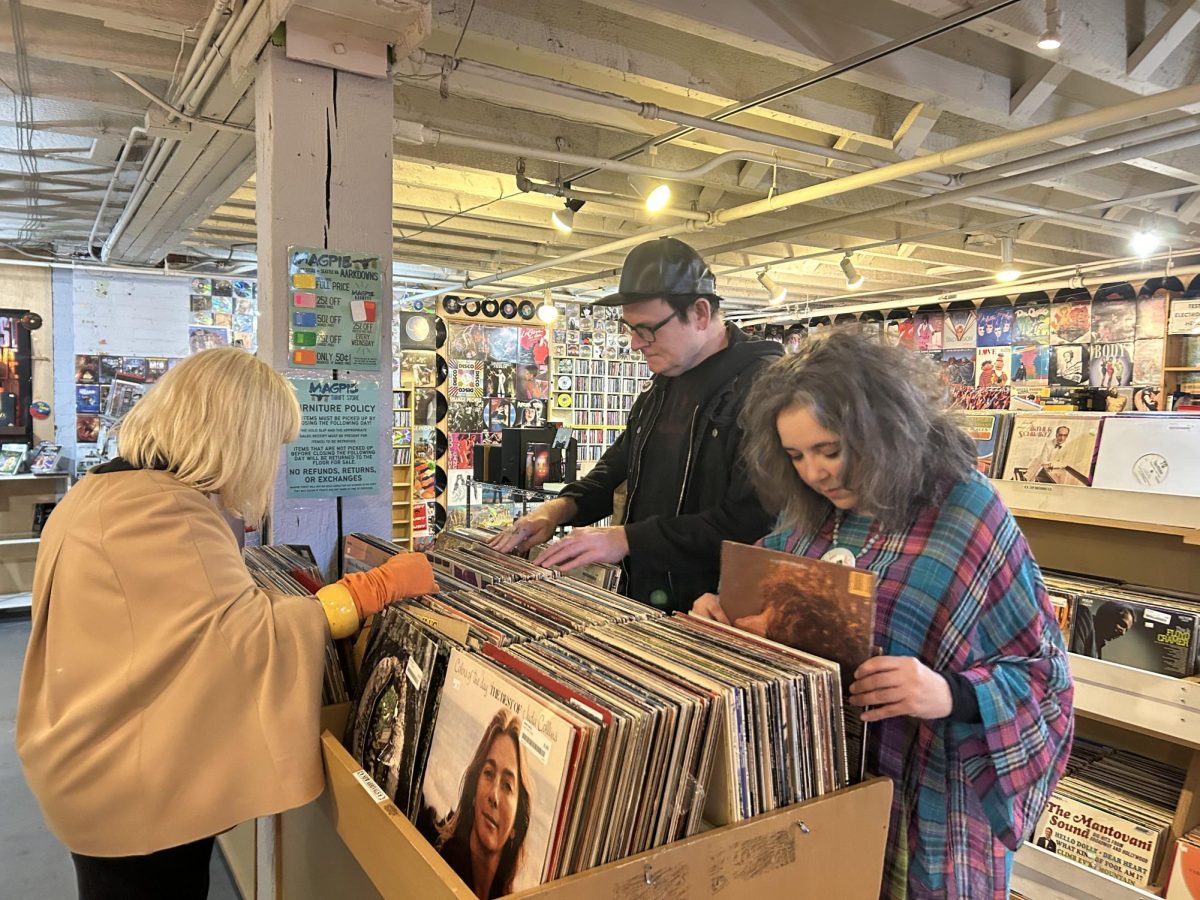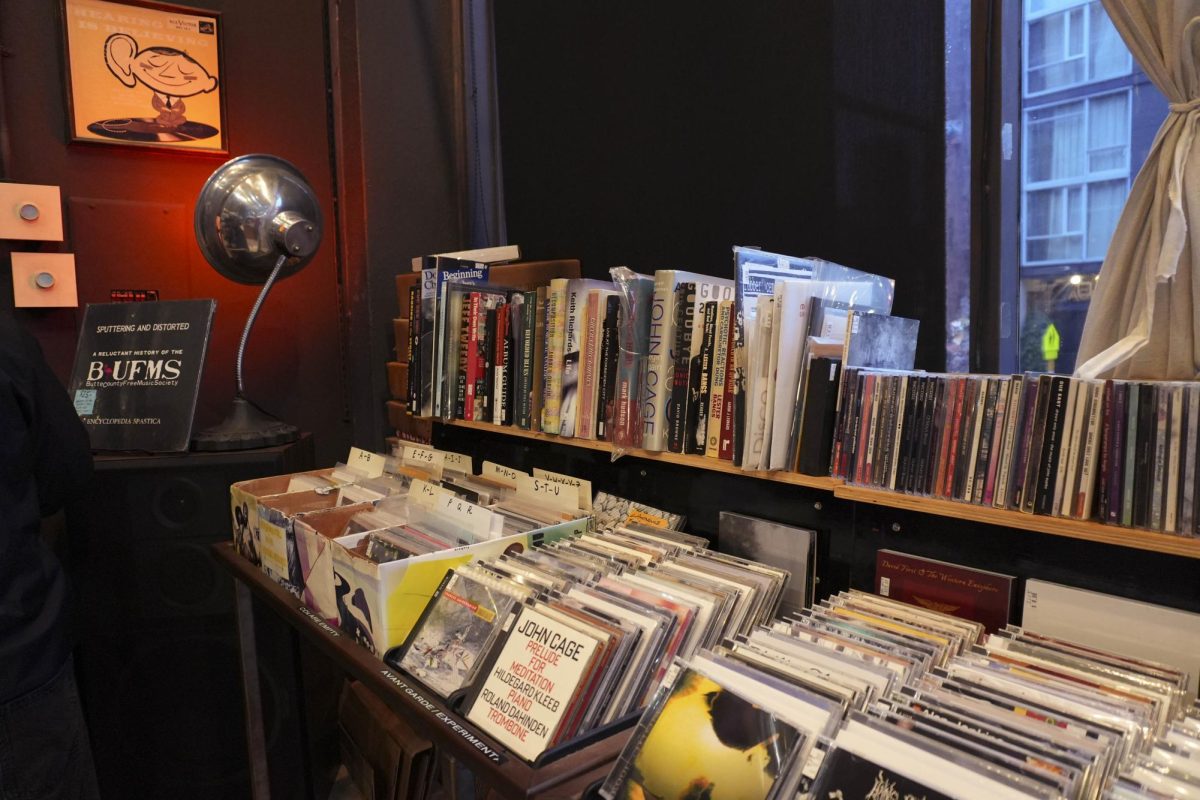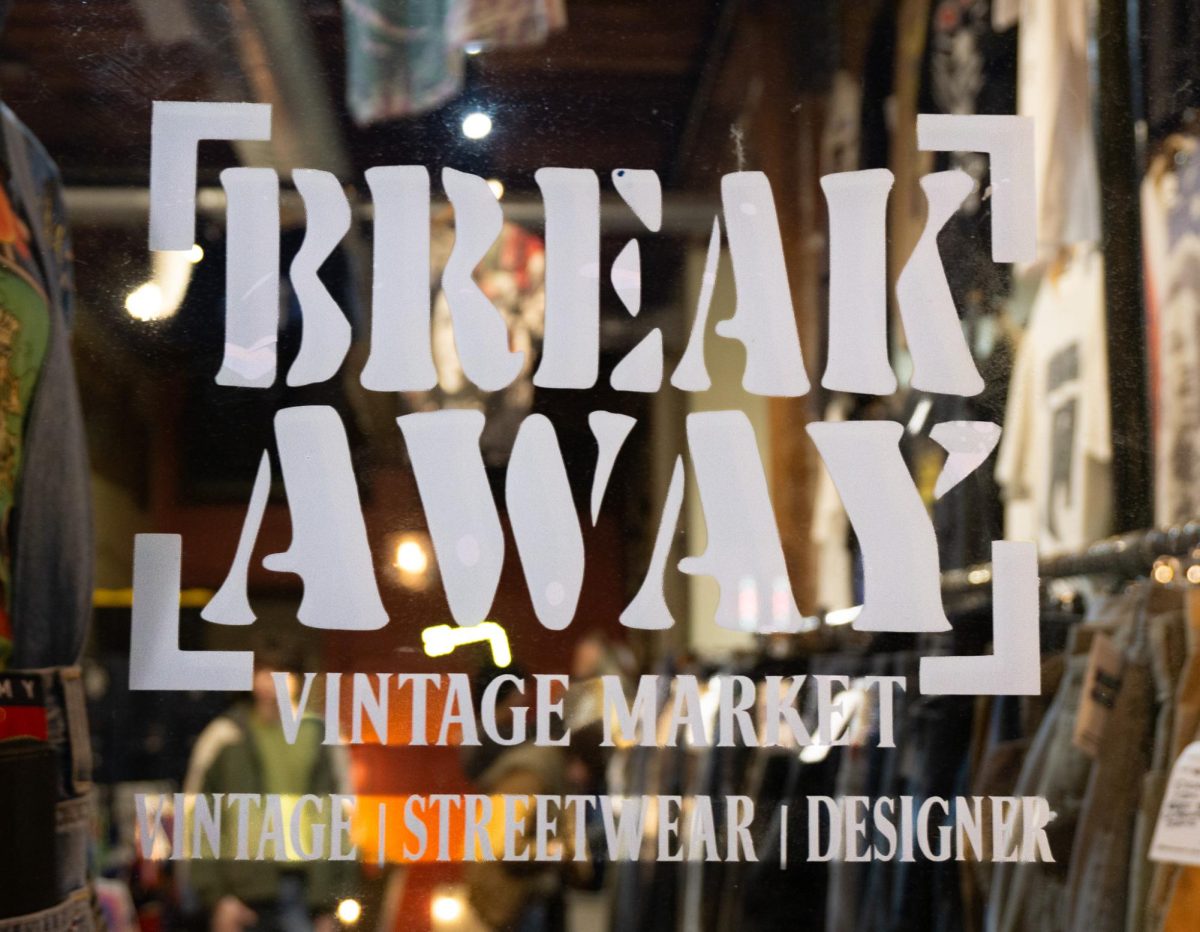The Moral of the Dybbuk Box:
Don’t Open What Does Not Belong To You
This week, we’ll be diving into both the lore and realities of a modern horror story: the dybbuk box. At once spooky because of its adaptability to horror films and on the other hand scary because of how easily the terror could have been avoided, the story of the dybbuk box began as of 2001 while the phenomenon of dybbuks and possession come from Kabbalah.
According to The Yiddish Dictionary Online, a dybbuk is “an evil soul of a dead person which resides in a living person, expelled only by magic.” Another definition from A. Sáenz-Badillos & J. Elwolde’s A History of the Hebrew Language, “dybbuk” can also mean “the act of sticking.” The dybbuk box is said to be a Jewish wine cabinet which houses a demon, unearthed and brought into the light when Kevin Mannis purchased it at a yard sale in 2001 from the granddaughter of a Polish Holocaust survivor named Havaleh. Upon hearing that it was a family heirloom, Mannis offered to return it, but the granddaughter, the story goes, ominously told him, “we don’t want it.” It had remained unopened in her grandmother’s sewing room and a demon supposedly lived inside. Obviously, Mannis opened it.
You might be wondering, where was this story first published?
An Ebay listing for the “haunted” box.
You might also be wondering, why is the columnist telling us this story in what is set up to be a relevant set of weekly stories for Seattle’s Jewish communities?
I’m telling it, for one, because I watched The Possession (2012) with a friend this Shabbat and have many thoughts on how everybody online seems to think the rabbi is hot, and two, because I think folklore and its treatment can act as barometers for how a culture views each other and the Other. The story of the dybbuk box is one that takes a historical, mythicalized object birthed from the struggles of a Jewish family and sensationalizes the ways its seemingly preexisting “evilness” effects non-Jewish-identifying people. Sounds a little bit like how white people like to tell ghost stories about how the evil spirit of a white enslaver haunts tourists who visit his plantation–and then those same people get married on said historic plantation because the architecture is beautiful. It detracts from the dominant culture taking accountability and respecting painful histories and instead shifts the focus to people who do not have rights to that narrative.
I believe that correlations exist between the way ghost stories are told, how allegedly haunted artifacts (or people) are handled, and how a society thinks. It says something about cultural appropriation to me, for example, that movies about the dybbuk box like The Possession (2012) never talk about Judaism and Jewish culture except when they bring in a stereotypically Jewish-looking rabbi to exorcize their child. Of course, the family in the movie could be Jewish–the dad did pick up Hebrew and Jewish prayers in about two days–and certainly it felt refreshing to not hear all the old tropes of Catholic exorcisms that dominate most supernatural stories. However, the lack of direct attention to an object that is said to be a product of the Holocaust and a survivor’s pain as a Jewish symbol versus as simply a plot-driver, however, is something I’ve seen in most other film adaptions to this legend.
The original owner of the box did allegedly say that she wanted to be rid of the box–which, honestly, is good on her to pass off that hot mess to a Gentile like you pass off your chametz during Passover. The argument could be made that she was okay with it all; the popular story seems to indicate that she just wanted the dangerous object out of her house. However, the question must be asked–is it still a good idea to open a box that someone’s Bubbe says holds a demon and that, even if it’s legally yours, is in some vital way still not yours?
Moreover, is legal ownership permission to sell a family artifact on eBay, then to pass it around from person-to-person to finally land in Zac Bagel-Bites’ “haunted museum” as an attraction and one of America’s most haunted objects? Should anything that has the Sh’ma written on it and been in some way treasured by a genocide survivor be put on display, have its origins erased, and be solicited for the entertainment of watching white guys in muscle t-shirts scream about how they “just heard a demonic voice?”
The editor may be reached at
fdivinagracia@su-spectator.com








